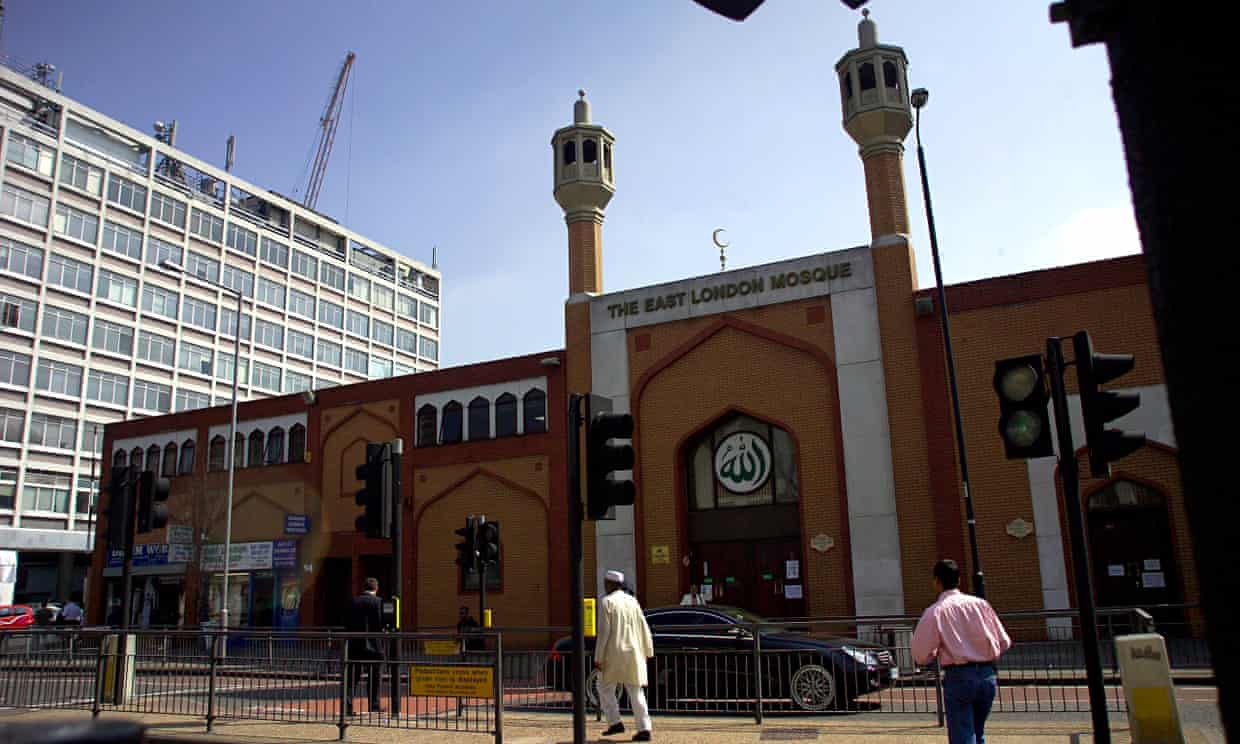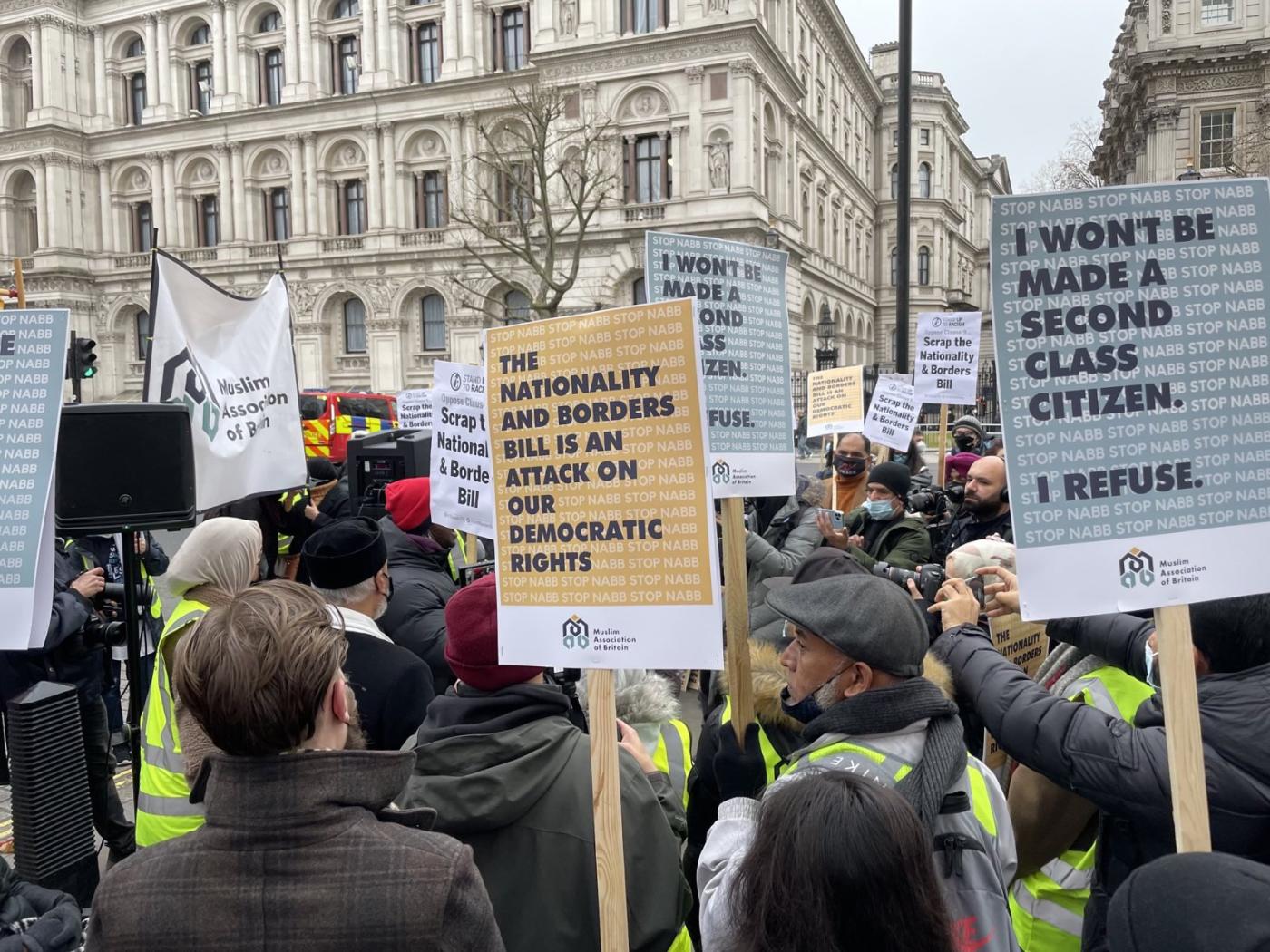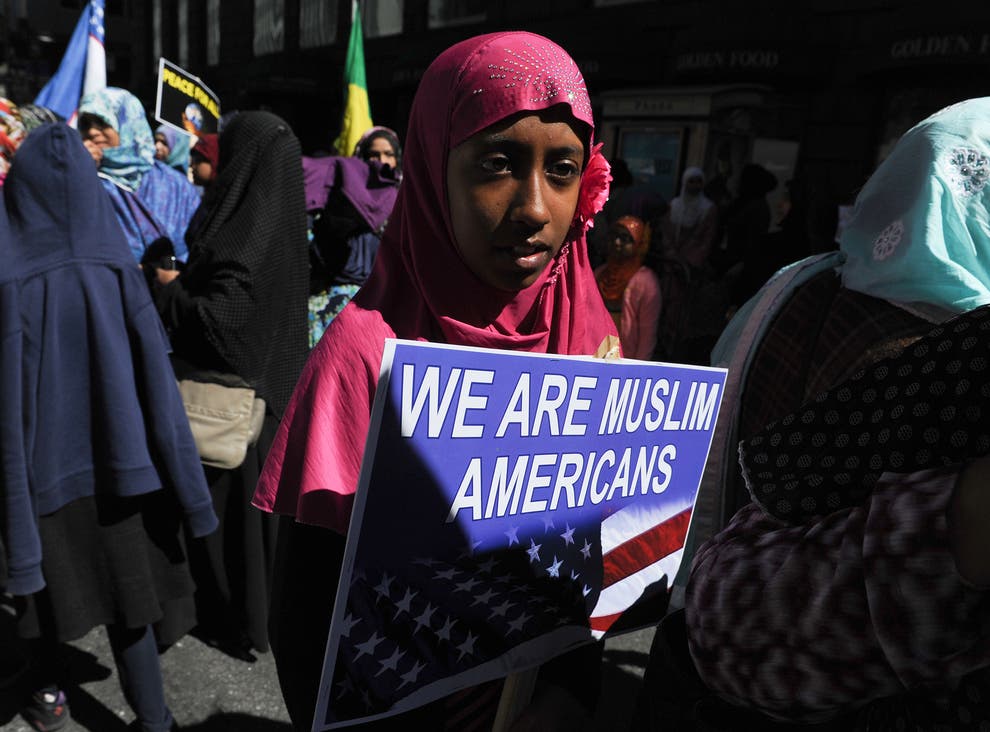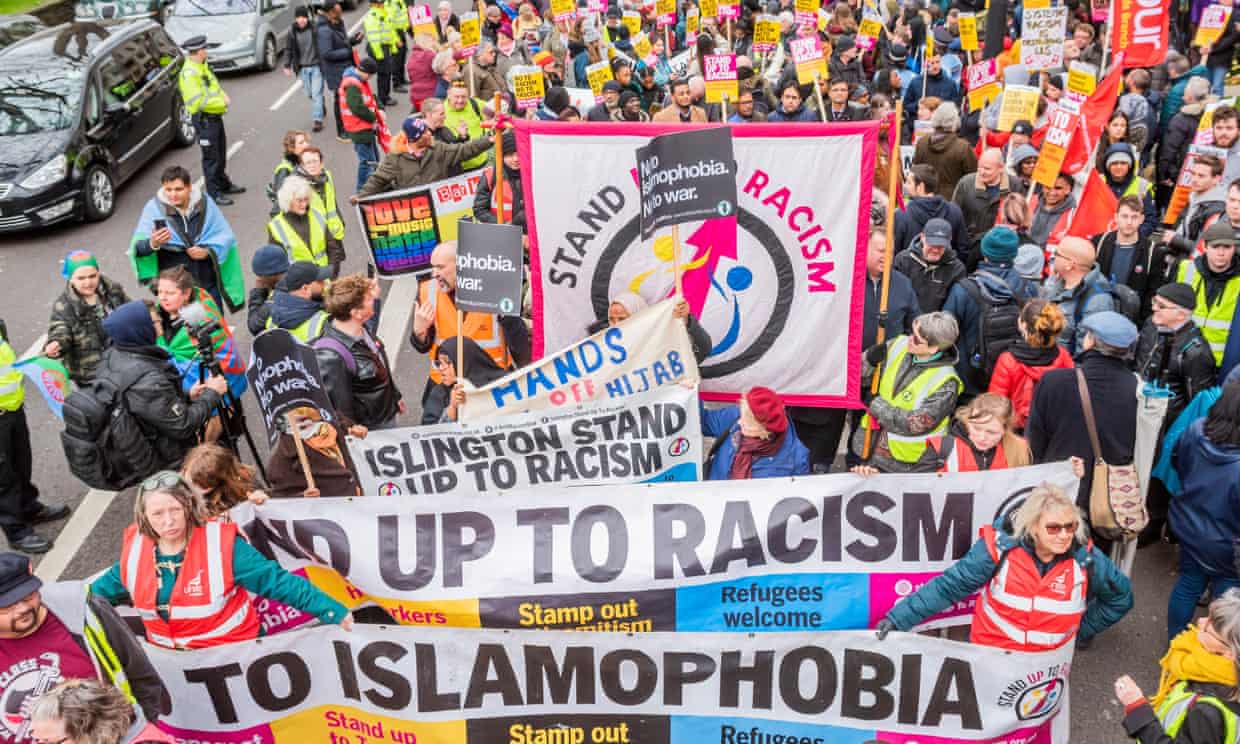In an age dominated by discussion of counter-terrorism, an understanding of Muslim identities needs to be developed within the context of issues of inclusion and exclusion, and an acceptance of diversity of views and practices among Muslims. Drawing upon multiple definitions, particularly the one developed by Julian Le Grand, social exclusion could be defined as:
‘a condition where individuals or communities are geographically part of a society but feel that they cannot participate in the normal activities of citizens because, in their perception, a) conditions and institutions exist that actively limit or deny such participation, and b) where societal and/or governmental agencies portray them as ‘outsiders’.
Social exclusion may be perceived to be absolute or relative by the individuals and communities concerned. The perceptions of exclusion could be at variance with the reality of exclusion. Such a variance does not render the perception of being excluded meaningless: the feeling of being excluded remains significant as it contributes to how an individual and a community may relate to the wide society. Also,exclusion is not a unidirectional and uni-dimensional phenomenon. The ‘excluded’ minority are not immune to the phenomenon of excluding others: they may also relatively or absolutely exclude the majority or other members of the minority community.
The project team conducted qualitative interviews with 221 Muslims (111 males and 110 females). Of these, 99 are between 15 and 29 years of age. We also interviewed 108 non- Muslims (54 males and 54 females) to assess their views on Muslims in Australia. Primarily relying on ‘snowballing’, the respondents were selected from different ethnicities, age groups, economic background, professions and religious outlook, and educational backgrounds.
1. The interviews reveal a perception of relative exclusion among Muslims. The series of events since the terrorist attacks on the United States in September 2001 including the bombings in Bali (2002), Madrid (2004) and London (2005) have been the main contributors to this perception. The exclusion is apparent in increased incidents of harassment and the discourse on Australian values. Muslims feel that they can be both Muslim and Australian but perceive the wider community to be less accepting of this compatibility.
2. A large majority of Muslim respondents predominantly blame the media for its negative and sensational coverage of issues dealing with Islam and Muslims. But the Australian Government is also viewed as having contributed to the relative exclusion by design or inadvertently. The lack of knowledge about Islam held by non-Muslims, and the insular or negative attitudes adopted by some Muslims are also identified as factors contributing to the phenomenon of relative exclusion.
3. A mixed picture exists with respect to non-Muslim views on Muslims. With a very low level of knowledge about the religion of Islam, the respondents rely on a combination of sources to inform themselves of developments pertaining to Muslims. While they display scepticism of the information provided by the media, the media does shape their views on Islam and Muslims. Images of oppression of women as depicted through the wearing of hijab, and violence in Islam remain the main descriptors for a number of the respondents. However, these negative images coexist with either positive or nuanced views on Islam and Muslims. Hence not all of the respondents adopt exclusionary attitude towards Muslims in Australia.
4. The difference between the perception and the reality, however, does not alter the fact that Muslims are increasingly feeling relatively excluded. The sense of exclusion needs to be addressed as well as strategies devised that promote social inclusion of Muslims.
5. At the symbolic level, it is essential for the Australian Government, particularly its leaders, need to adopt a new language of communal harmony without ignoring the reality of countering militancy. This could be achieved by categorically stating that the Australian Government favours the notion of ‘Building a Safe Australia for All’ and that its participation in the War on Terror is not directed against Muslims. While a symbolic gesture, this could help reassures some Muslims that the federal and state governments are not contributing to their relative exclusion.
6. At the practical level, goal-oriented interaction among Muslims and non-Muslims needs to be supported and encouraged by federal, state and local governments.
7. In the process of devising strategies and engaging Muslims, it is important to take into account the diversity of views and practices among Muslims in Australia. Our research indicates that a variety of nodes of information are shaping the way Muslims understand and practice their religion. These range between orthodox ideas and related practices to modern/progressive interpretations of Islam and variants of these along the spectrum. While the process does include suggestions of de-territorialised Islam among some Muslims, cultural-specific ideas of Islam and Muslim practices continue to exist and be reaffirmed by many.
The spectrum of religious interpretations and their links with culture does not provide an adequate picture of social engagement by Muslims. It depends upon how texts are read and understood with the help of available nodes of religious knowledge on a continuous basis. The process is a dynamic one with individuals shifting along the spectrum and modifying their views on what it means to be a Muslim as their access to information changes or they feel the need to reassess their views on religion. In other words, while identifiable at a certain point in time, the frameworks used by Muslims do change as they come in contact with new information.
Within this continuously shifting context, some Muslims belonging to different ‘in-groups’ do adopt behaviour patterns that could be equated with excluding others (both Muslims and non-Muslims). Other Muslims continue to engage the wider community at different levels and in different spaces.
The strategies devised to promote social inclusion of Muslims need to be broad-based and engage representatives from communities who are feeling excluded and who do want to be included.
8. Research on experiences and views of Muslim men needs to be conducted. Our research indicates that the tendency to focus on subsets of Muslims (Muslim women, youth, Imams etc) ignores the interconnectedness of the lives of Muslims living in Australia. It particularly hides the sense of marginalisation and exclusion that educated (but unemployed or under-employed) men may experience. This, in turn, appears to shape the experiences and views of other members of their respective families. It also contributes to the oral understandings being transmitted by Muslims who feel excluded.
9. The perceptual context in which Muslims interact with other Australians is not completely negative. Nonetheless, the sense of Muslims being the ‘other’ has increased in recent years. The excessive emphasis on the War on Terror and Muslim extremism has created some fear among the wider society of Muslims. This fear contributes to mutual exclusion. This phenomenon needs to be addressed by enhancing an understanding of diversity of Islam. Education will play an important role in this process: our curriculum needs to reflect an acceptance of diversity within Australia. Exposure to these ideas at an early stage will contribute to harmony at a later stage. It carries the promise of new generations of Australians who share a vision of a country where they are all equal, accepted and included.






